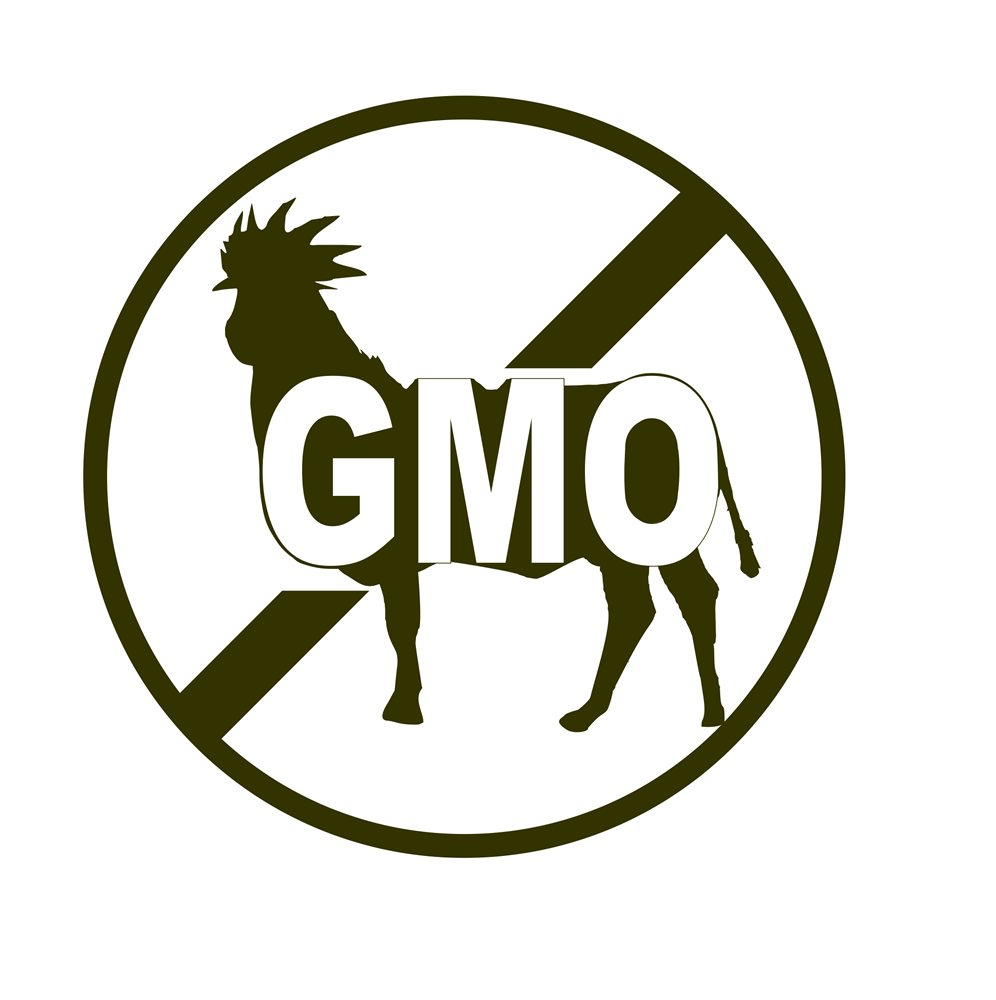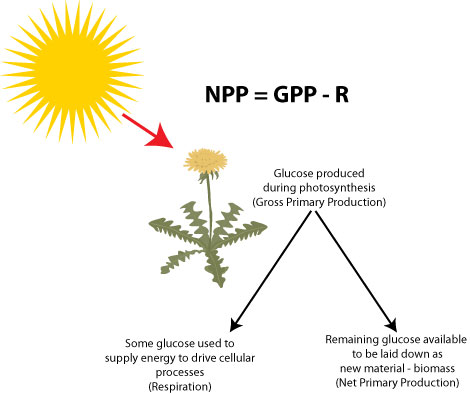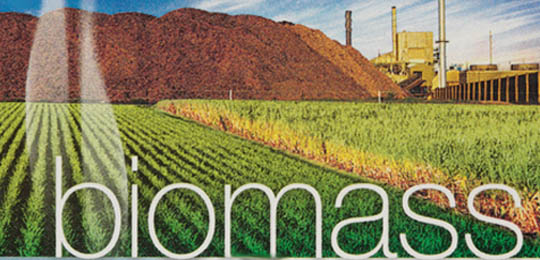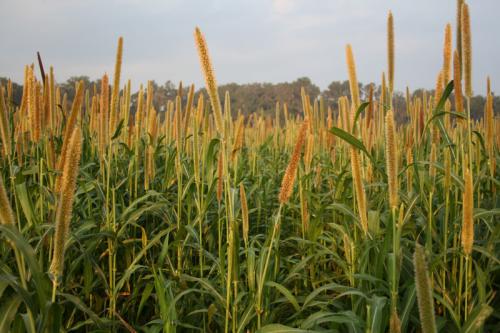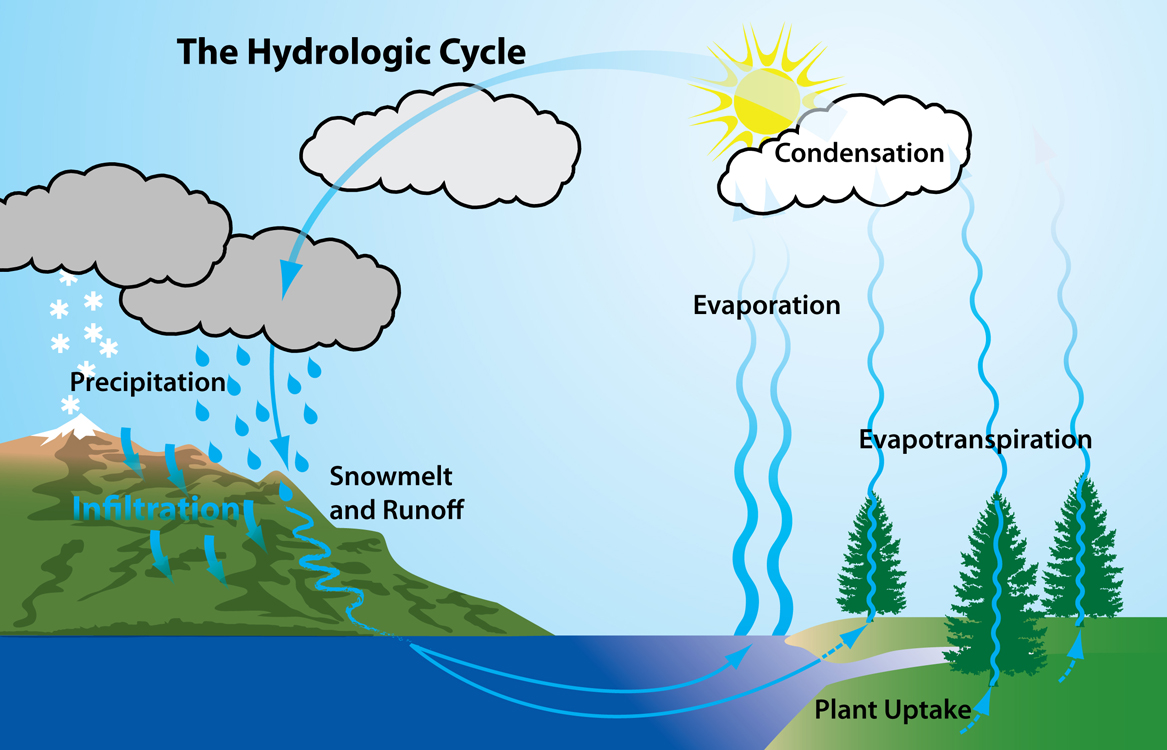Vocabulary-
CBR- crude birth rate shows the # of births per year per 1,000 people

CDR- crude death rate shows the # of deaths per year per 1,000 people

TFR- total fertility rate shows the # of children born to a woman per year

Replacement Level Fertility- describes the # of children a woman should have to replace herself and her husband which averages at 2.1

Population Momentum- population growth at the national level that would occur even if levels of childbearing immediately declined to replacement level

Net Migration Rate- difference of immigrants and emigrants of an area divided per 1,000 people

Family Planning- program to regulate the # of children in a family through birth control

Affluence- amount of wealth a nation has

IPAT Equation- human impact (I) on the environment equals of population (P) times affluence (A) times technology (T)

GDP- total market value of all the goods and services produced by a nation

Population Pyramid-

Making Connections-
1-2- At this point there will be very little environmental impact due to a smaller population and less resources being used. Most land used for farming.
2-3- Massive increase in land usage due to larger population. Much more resource usage but pollution kept somewhat low still.
3-4- Massive increase in land usage due to almost maxed out population. Resource and pollution at near peak. Most land consumed by cities and industry.
Current Event-
http://nypost.com/2014/11/11/8-indian-women-die-20-more-injured-after-sterilization-surgery/
On November eleventh, 28 women were rushed to private hospitals. The week before the government gave sterilization surgery to 83 poor women all under the age of 32. They were all paid ten dollars to participate. Compensation payments of about $6,600 were given to the families. Eight died and the other 20 were worked on to try to save them. At the time the article was written they had not yet figured out the cause. Three government doctors and the surgeon were suspended.
If the operations had gone well and without the injuries and deaths then it would help the severely overpopulated India. With the fact that most fathers want a son over a daughter they continue to try to have children until they get the son they want. With more successful sterilization it can cease this careless overpopulating. Sterilization can be very dangerous though as found out in the article. If performed incorrectly it can cause problems for the women that had them.
Big Picture Reflection-
Human Impact- The world's population is directly impacted by humans. The more children reproduced the larger the population of humans. If growth is too fast or too slow it can either wipe out resources or leave too much of unneeded resources. Larger populations that continue to grow tend to put out more pollution while smaller populations tend to live off of the land.
Environmental Impact- When populations grow and are able to easily sustain themselves they start to develop technology that is more for ease of life than for survival purposes. When this happens big industries form and can cause tons of pollution in the area. Although when they get big enough they may try to stop pollution from spreading it sill won't be entirely stopped. In rising up nations that enter industrial ages, pollution can become a permanent issue like what is happening in China.
Economic Impact- Larger, more advanced technologically, nations tend to spend tons of money on recreational products that stimulate economies. Smaller nations tend to not spend as much money and rely instead on growing crops. Growing nations either spend tons of money on not growing too big or on industry. The nations attempting to stop growth spend money on keeping conception of children down with either laws or perks if families are kept smaller.
Government Legislation- In China a one child policy has been in affect for years. It stated that families may only have one child but recently it has had some excuses. One way families could get away with having two children would be if neither parents had siblings. To prevent more overgrowing in India the government has been offering free classes on parenting education for newlyweds.








